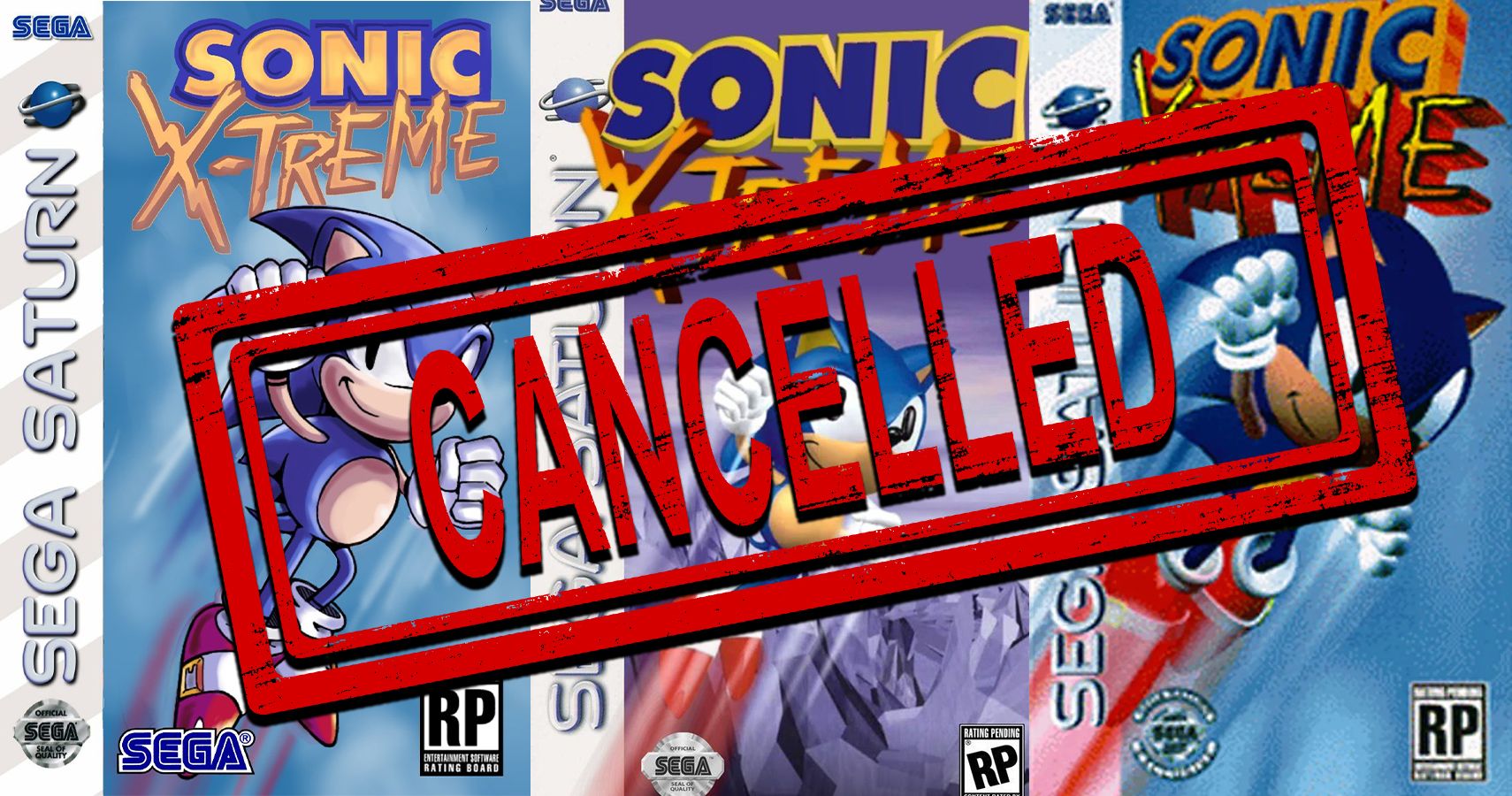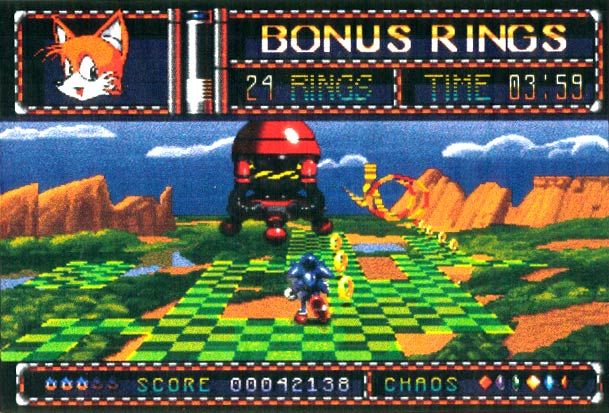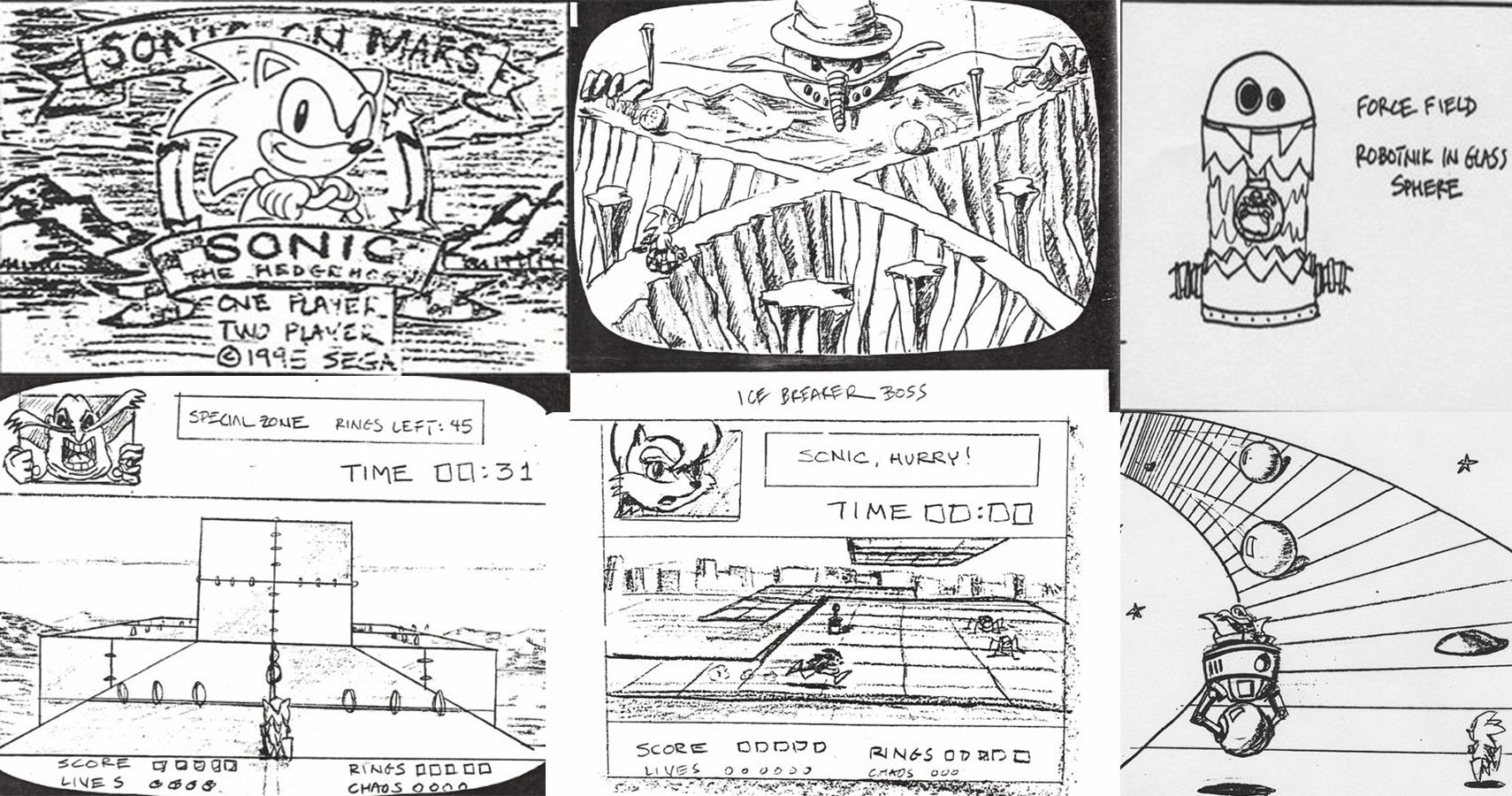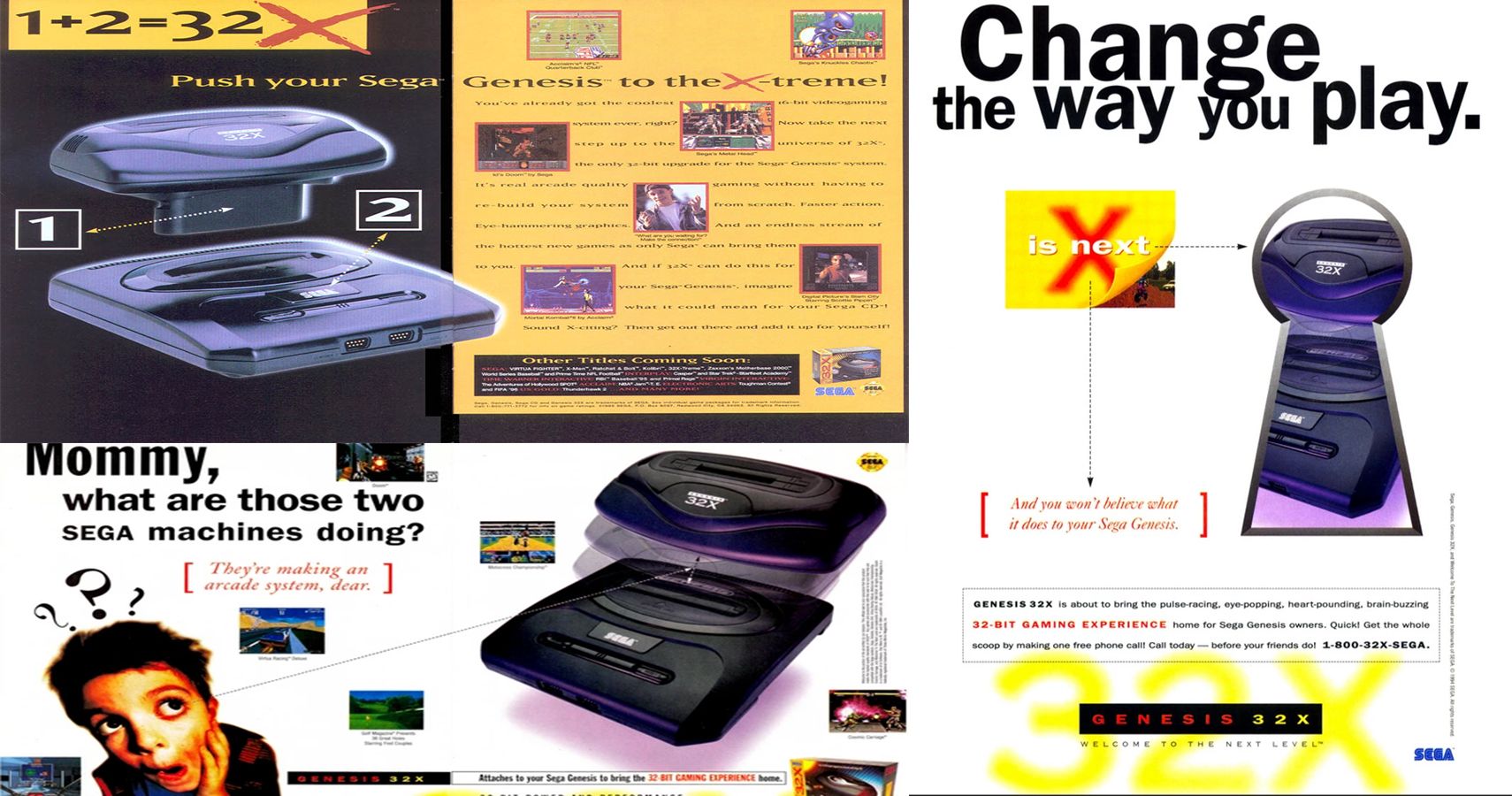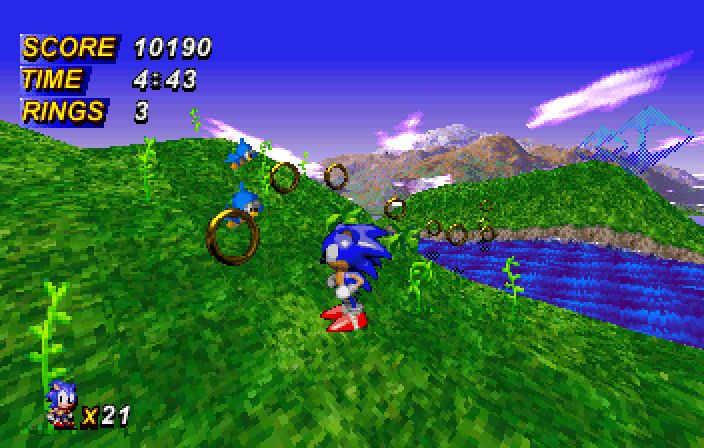Fans of 3D Sonic games will remember the first 3D title was the beloved Sonic Adventure. However, that was not SEGA's first attempt at a 3D Sonic game. In fact, before Sonic Adventure, there was another 3D Sonic game in development. Sonic X-Treme, the embodiment of the 90s attitude. Why did Sonic X-Treme never see the light of day?
Sonic Goes To Mars
The year is 1994, Sonic & Knuckles just released on the SEGA Genesis. Sonic fever is at an all-time high, and the blue blur had become a worthy rival to Nintendo's Italian plumber. While consumers were happy with 2D adventures, game companies knew that the jump to 3D is what would push gaming to the next level. SEGA needed to beat Nintendo, and 3D could be their ace in the hole.
A few months before the release of Sonic & Knuckles, a proposal was made by lead designer Michael Kosaka, alongside Chris Senn, and Don Goddard for a new Sonic title on the SEGA Genesis. The project would involve capturing the style of Sonic's Saturday morning cartoon show - which would see cancellation later that year - and put the hedgehog in a 3D world. The project was greenlit and received support from SEGA's in-house development team SEGA Technical Institute.
Sonic Mars would center around Sonic fighting Dr.Robotnik, not surprising, but also rescue a new character named Professor Gazebo. The project would introduce new allies like a wildcat named Tiara, a new Metal Sonic to fight, and would have been fan-favorite Nack the Weasel's video game debut. Sonic On Mars would have been quite an impressive feat if Kosaka's team stuck the landing.
Trouble In Paradise: Sonic Mars Development Difficulties
Although Kosaka and his team had full support on the project, Sonic Mars quickly fell into trouble. Sonic Mars was initially going to have stages meant for general exploration and stages for boss fights. This meant two teams were working on the game, one for the main engine, one for boss stages. While SEGA executives enjoyed the boss stages, they were not so pleased with the main stages. According to Lost Media Archive, the Sonic Mars team wanted to use the then in-development Nights Into Dreams engine to speed up level design progress. However, Yuji Naka, Sonic creator and lead programmer of Nights, disagreed with the plans to share Nights' engine, and things got heated over at SEGA.
The internal conflict did not end with the stage fiasco and continued with the alleged issues with SEGA Technical Institute's team. Kosaka was reported to have issues with Dean Lester, producer of Comix Zone, and unfortunately quit the project. Sonic Mars was far into development with working prototypes, story drafts, and concept art completed by Kosaka. Without a project lead, Sonic Mars began to spiral. Fortunately, Chris Senn took over the project, and Don Goddard reworked the script to point Sonic Mars in a new direction.
Too Many Cooks: The Birth of Sonic X-Treme
While Sonic Mars was dead in the water, the 3D Sonic game still had a lot of development time put into it, and it would be a waste to scrap all that work. Eventually, Sonic Mars became the infamous Sonic X-Treme. As time went on, SEGA now wanted Sonic X-Treme to launch with the SEGA 32x, a hardware add-on for the SEGA Genesis.
Development for Sonic X-Treme was, to put it lightly, a disorganized mess. Development was split into two groups. Chris Senn and programmer Ofer Alon led a team focusing on the main worlds, where a team led by programmer Christina Coffin focused on boss stages. Development was beginning to mirror Sonic Mars again. Enter developer Mike Wallis who oversaw both development teams and decided to split those main two groups into even smaller groups to focus on more specific development tasks.
This micromanaging led to confusion, so what did SEGA do? That's right; SEGA brought in another group. Robert Morgan, technical director at STI, brought in a third party known as Point of View to take over programming. By 1996, development continued to get hectic as Sonic X-Treme would now be pushed by SEGA of America to be a flagship title for the upcoming SEGA Saturn, instead of the 32X. Point of View was supposed to port the current builds from the 32X to the Saturn. Unfortunately, SEGA of Japan President Hayao Nakayama saw POV's work and was not pleased with Sonic X-Treme's progress. The team had to start from scratch, and they were livid.
Sonic X-Treme: Too Extreme For Its Own Good
In an interview with fan website SEGA-16, Chris Senn revealed that trouble with Sonic X-Treme boiled down to a lack of a collective vision. Too many conflicting ideas caused the development of Sonic X-Treme to have no end in sight and led to its cancellation. The game was teased at E3 1996, but the game would be canceled by early 1997. While Chris Senn seemed to be passionate about the project, even he seemed to have doubts if the project could ever work.
While Sonic X-Treme was no more, Sonic would eventually get his chance to shine in 3D in 1998. As the years have passed, more footage of Sonic X-Treme has surfaced, as well as script leaks, concept art, and stories of the troubled development. Numerous fan projects have hope to bring Sonic X-Treme to life and have made significant progress. Sonic fans help bring Sonic Mania, so if anyone could revive Sonic X-Treme, its the dedicated Sonic fandom.

